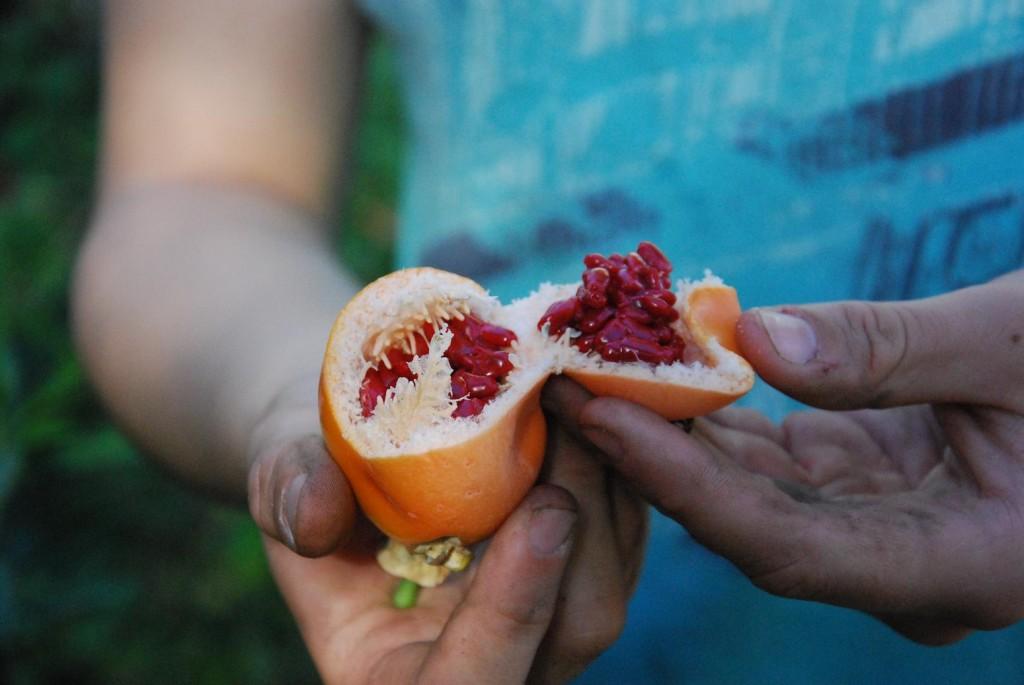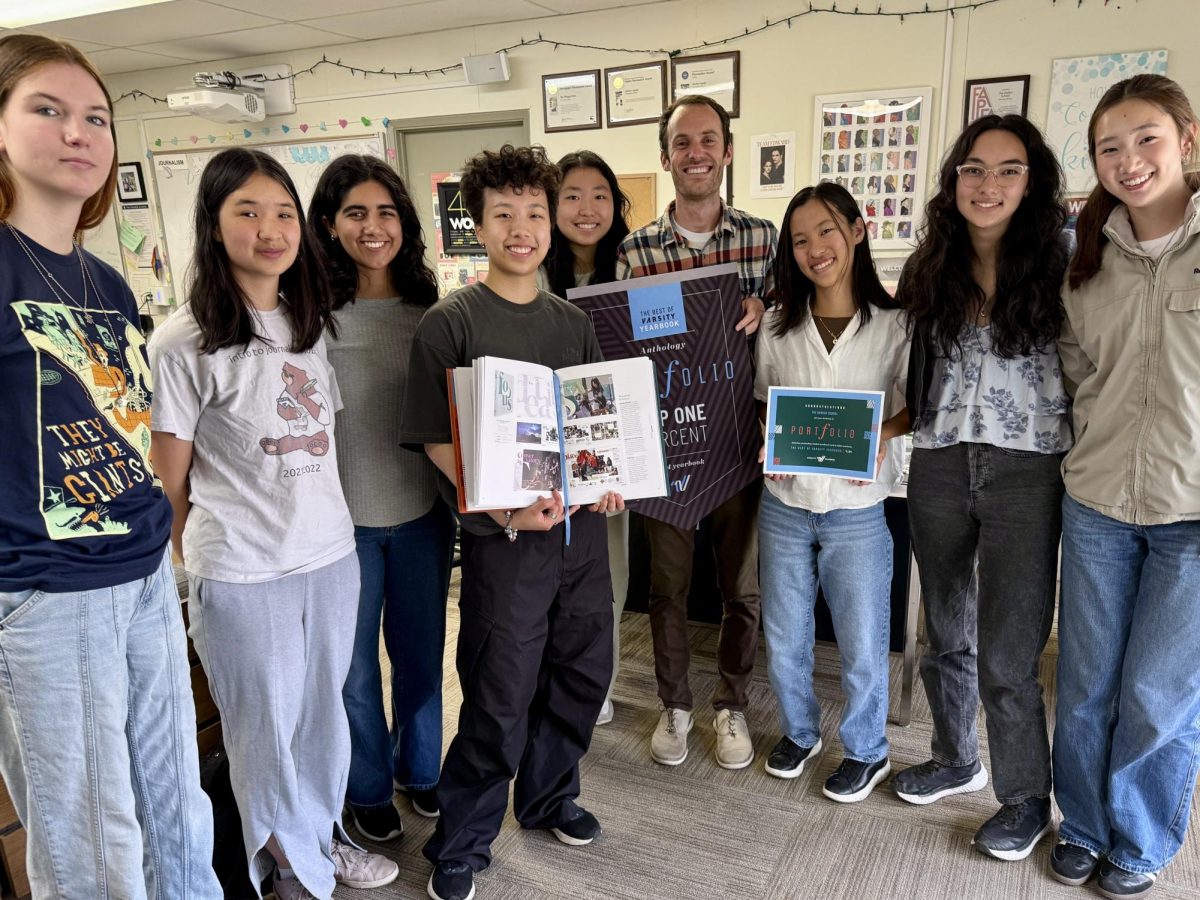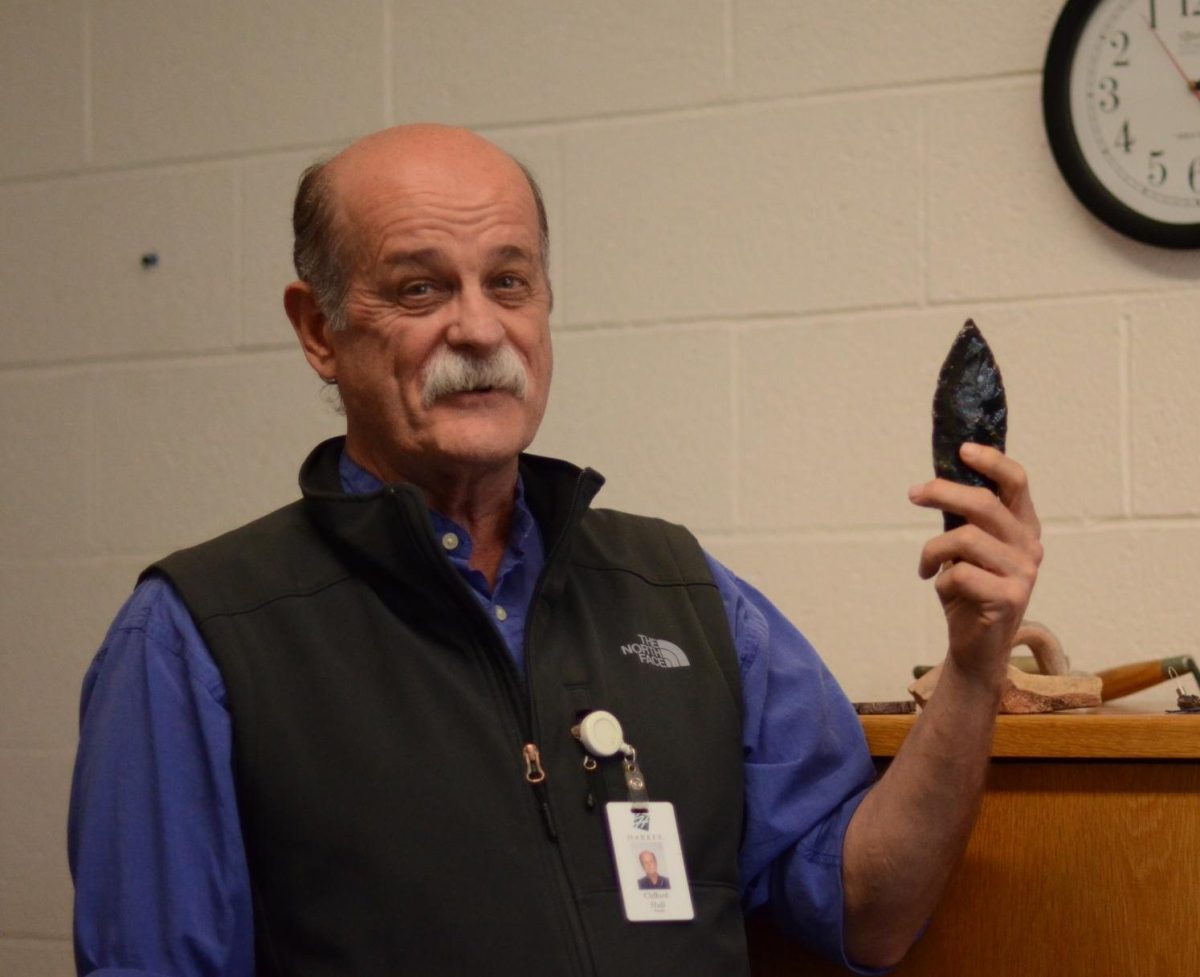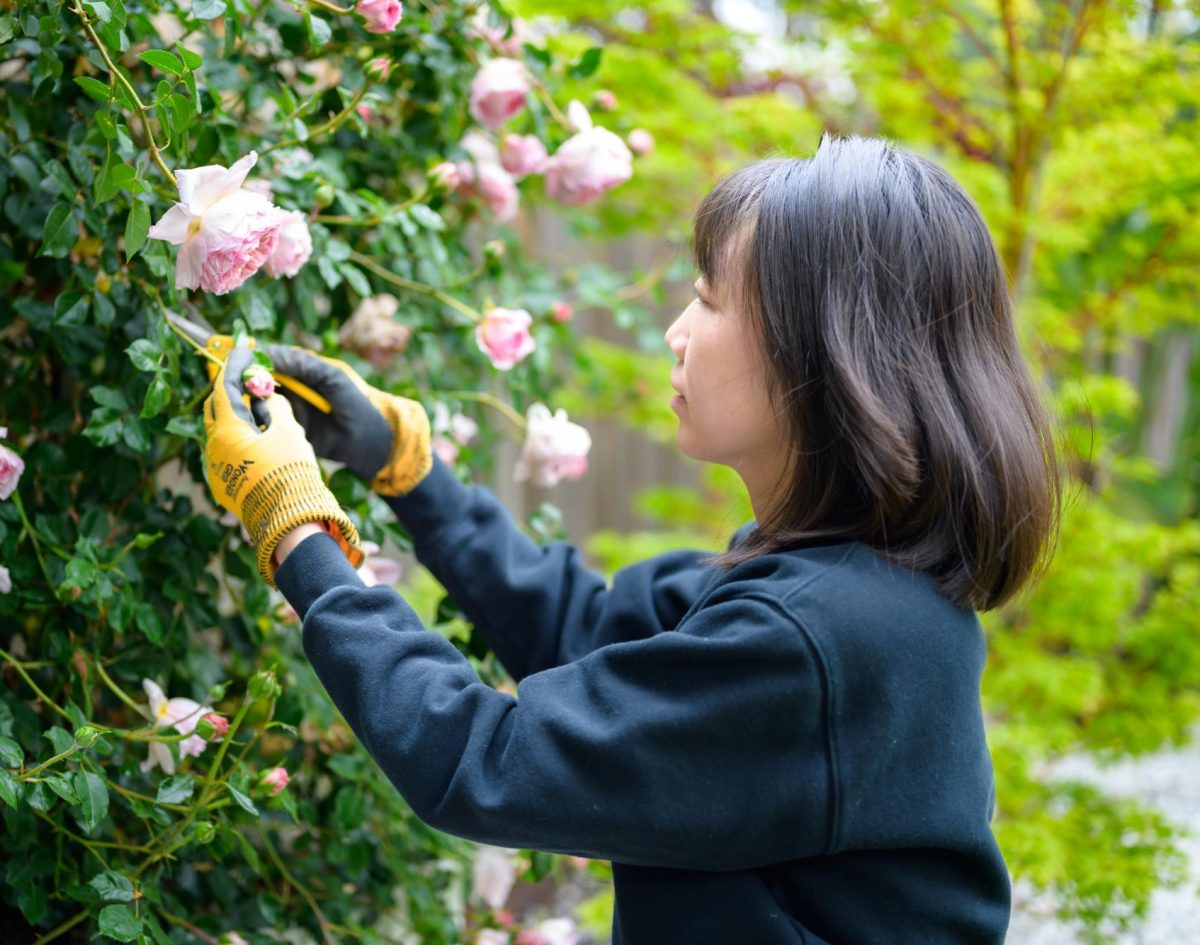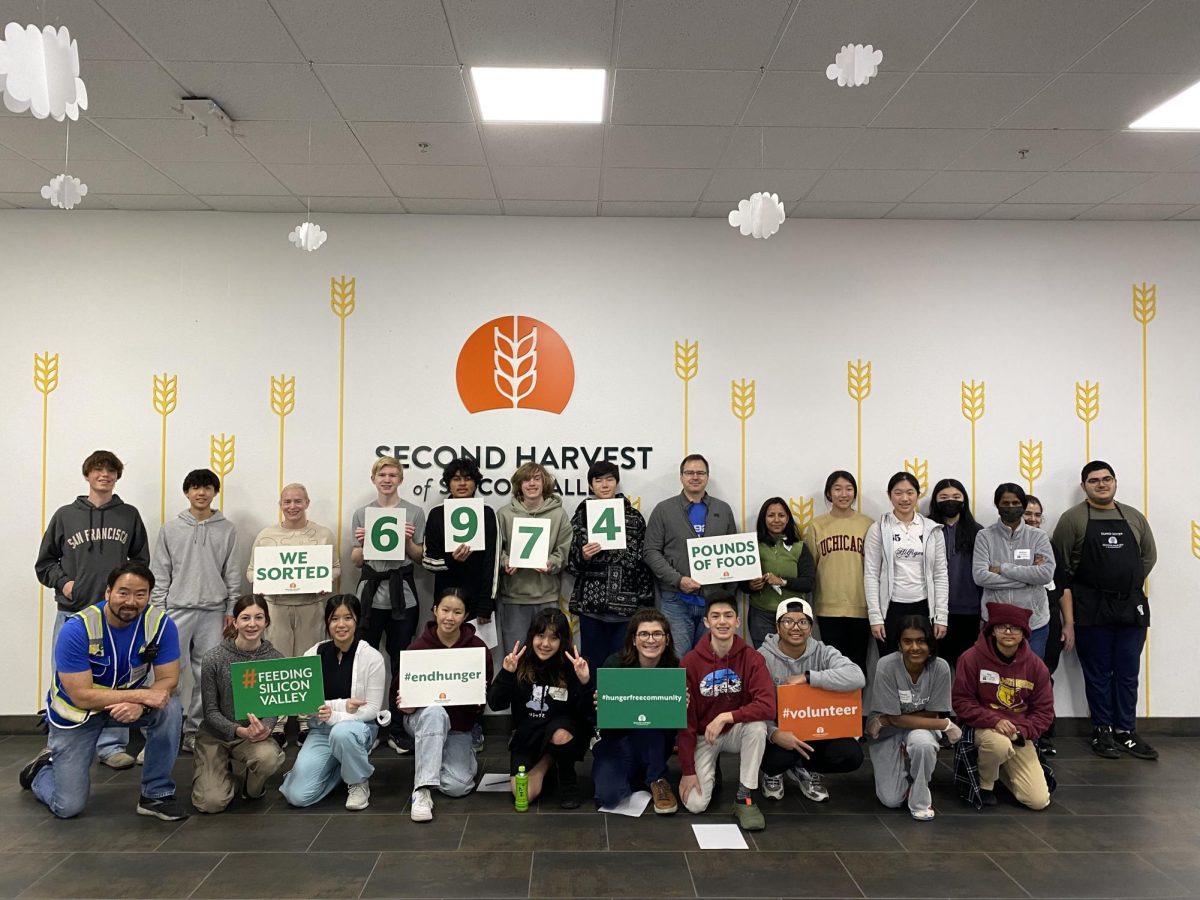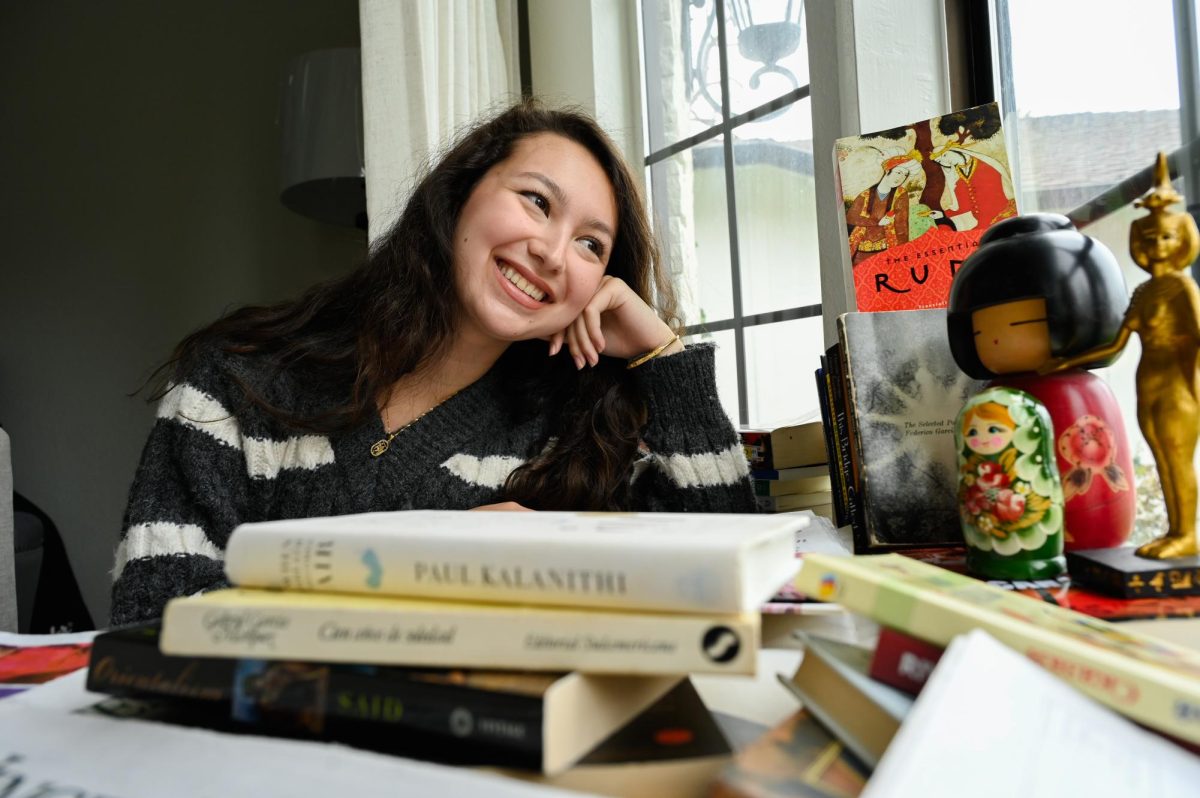The green glass building stands prominently between Manzanita Hall and the Quad. Formally, it was known as Diana Nichols Outdoor Classroom, Site 1, but now students know it as the greenhouse.
Hundreds of students pass by it daily, but several do not pay attention to it.
“I know nothing [about the greenhouse]. I don’t notice it,” Ryan Fernandes (9) said.
The doors of the greenhouse remain locked for almost the entire week, and few other than biology students have been allowed inside.
Which leads to the question: what exactly grows inside? The short answer is “just plants.” The long answer is anything but “just” plants. The greenhouse is host to a plethora of exotic plants that would ordinarily be unable to survive in California’s climate.
The greenhouse was selected and purchased by biology teacher Anita Chetty in 2007 to preserve tropical plants from Costa Rica. She wanted the biology program to use it to study plants that are not indigenous to California. She and other biology teachers managed the greenhouse when the science department still resided in Main Hall, but they entrusted its care to Dr. Ben Spencer-Cooke and the gardening club when they moved to Nichols Hall in 2008. Biology classes routinely visit to study botany with the foreign species, a rare opportunity the greenhouse gives them.
The greenhouse is filled with all varieties of plants. Two long tables, crowded with a sea of plants including ferns, ginger, limequat, and even a cactus, are positioned at the sides. The shelves above the tables hold even more. Drops of water cling to the vibrant pink orchids hanging from the rafters and the spiky pineapple plants in the back. The center is dominated by two large trees with rich green, broad, almost yard-long leaves. Katherine Woodruff (12), a member of the gardening club, explains that these are banana trees, one of which is fruiting. The greenhouse’s controlled conditions allow such tropical plants and fruits, such as bananas and pineapples, to survive.
The greenhouse also hosts its fair share of oddities. At one point, the greenhouse contained pitcher plants, a type of carnivorous plant that digests flies for nutrients. Another plant, a Tillandsia Bromeliad, forgoes soil and roots, and instead attaches itself to trees and logs. It is an epiphyte, or air plant, and collects nutrients directly from the moist air through its leaves. It is easy to see that its inhabitants are not typical garden plants.
The greenhouse has an experimental side as well; in the past, students have used its environment for science projects. It provides ideal conditions for growing plants out of season. Sushant Sundaresh, a graduate of the class of 2008, used the greenhouse to cultivate plants for his research project. Katherine herself is also experimenting inside the greenhouse.
“These are Texas Ebony. They’re very small, and I’m just experimenting with them. It’s basically ebony native to Texas. [It’s a] very beautiful tree, very beautiful wood. We’ll see if they grow,” she said, gesturing to some thin, green shoots on one of the tables. Her responsibilities as a gardening club member include sending emails to seed and plant companies asking for samples to add to the greenhouse’s collection in addition to gardening.
Several plants within the greenhouse require care beyond the sprinkler system to survive, and as a result are tended by the gardening club every Thursday. Headed by Dr. Spencer-Cooke with only four members, the club is considerably small.
Gardening turns to eating come the plants’ harvest seasons, when the gardeners enjoy the fruits of their labor, freshly grown and plucked straight from the stem. Last year, the club had three pineapples, which, according to Katherine, were sweet and worth the effort. In addition to tending the greenhouse, the club grows onions, tomatoes, and broccoli in the area behind it, as well as working a vegetable garden in front of Shah Hall.
Originally, Chetty’s naming of the greenhouse stemmed from Diana Nichols’ love of plants and biology.
“That was the one thing that she, [Diana Nichols], always insisted, that no matter how many buildings we put up, we would always preserve the trees,” Chetty said. “I really consider it [the greenhouse] to be a central jewel of that area. It adds beauty to the campus.”
There is a different world behind the greenhouse doors, as green as its glass walls and immensely diverse.


















![“[Building nerf blasters] became this outlet of creativity for me that hasn't been matched by anything else. The process [of] making a build complete to your desire is such a painstakingly difficult process, but I've had to learn from [the skills needed from] soldering to proper painting. There's so many different options for everything, if you think about it, it exists. The best part is [that] if it doesn't exist, you can build it yourself," Ishaan Parate said.](https://harkeraquila.com/wp-content/uploads/2022/08/DSC_8149-900x604.jpg)




![“When I came into high school, I was ready to be a follower. But DECA was a game changer for me. It helped me overcome my fear of public speaking, and it's played such a major role in who I've become today. To be able to successfully lead a chapter of 150 students, an officer team and be one of the upperclassmen I once really admired is something I'm [really] proud of,” Anvitha Tummala ('21) said.](https://harkeraquila.com/wp-content/uploads/2021/07/Screen-Shot-2021-07-25-at-9.50.05-AM-900x594.png)







![“I think getting up in the morning and having a sense of purpose [is exciting]. I think without a certain amount of drive, life is kind of obsolete and mundane, and I think having that every single day is what makes each day unique and kind of makes life exciting,” Neymika Jain (12) said.](https://harkeraquila.com/wp-content/uploads/2017/06/Screen-Shot-2017-06-03-at-4.54.16-PM.png)








![“My slogan is ‘slow feet, don’t eat, and I’m hungry.’ You need to run fast to get where you are–you aren't going to get those championships if you aren't fast,” Angel Cervantes (12) said. “I want to do well in school on my tests and in track and win championships for my team. I live by that, [and] I can do that anywhere: in the classroom or on the field.”](https://harkeraquila.com/wp-content/uploads/2018/06/DSC5146-900x601.jpg)
![“[Volleyball has] taught me how to fall correctly, and another thing it taught is that you don’t have to be the best at something to be good at it. If you just hit the ball in a smart way, then it still scores points and you’re good at it. You could be a background player and still make a much bigger impact on the team than you would think,” Anya Gert (’20) said.](https://harkeraquila.com/wp-content/uploads/2020/06/AnnaGert_JinTuan_HoHPhotoEdited-600x900.jpeg)

![“I'm not nearly there yet, but [my confidence has] definitely been getting better since I was pretty shy and timid coming into Harker my freshman year. I know that there's a lot of people that are really confident in what they do, and I really admire them. Everyone's so driven and that has really pushed me to kind of try to find my own place in high school and be more confident,” Alyssa Huang (’20) said.](https://harkeraquila.com/wp-content/uploads/2020/06/AlyssaHuang_EmilyChen_HoHPhoto-900x749.jpeg)



